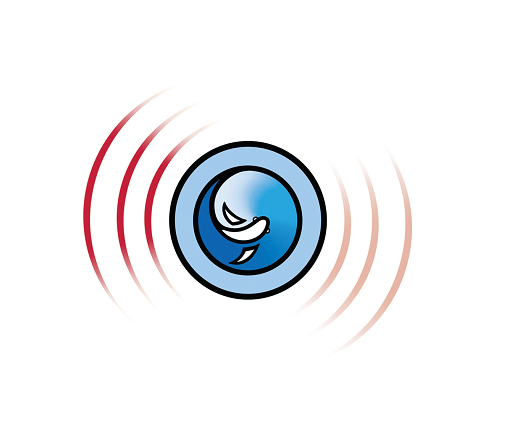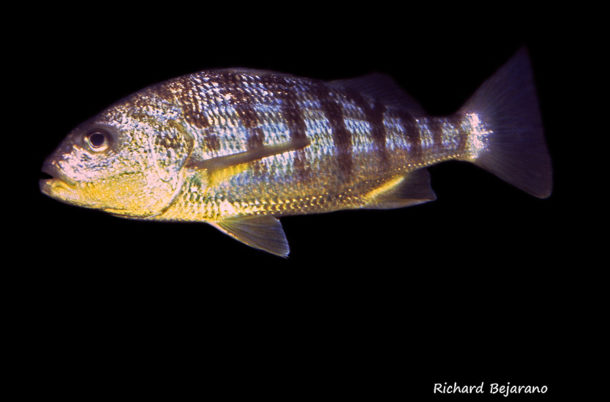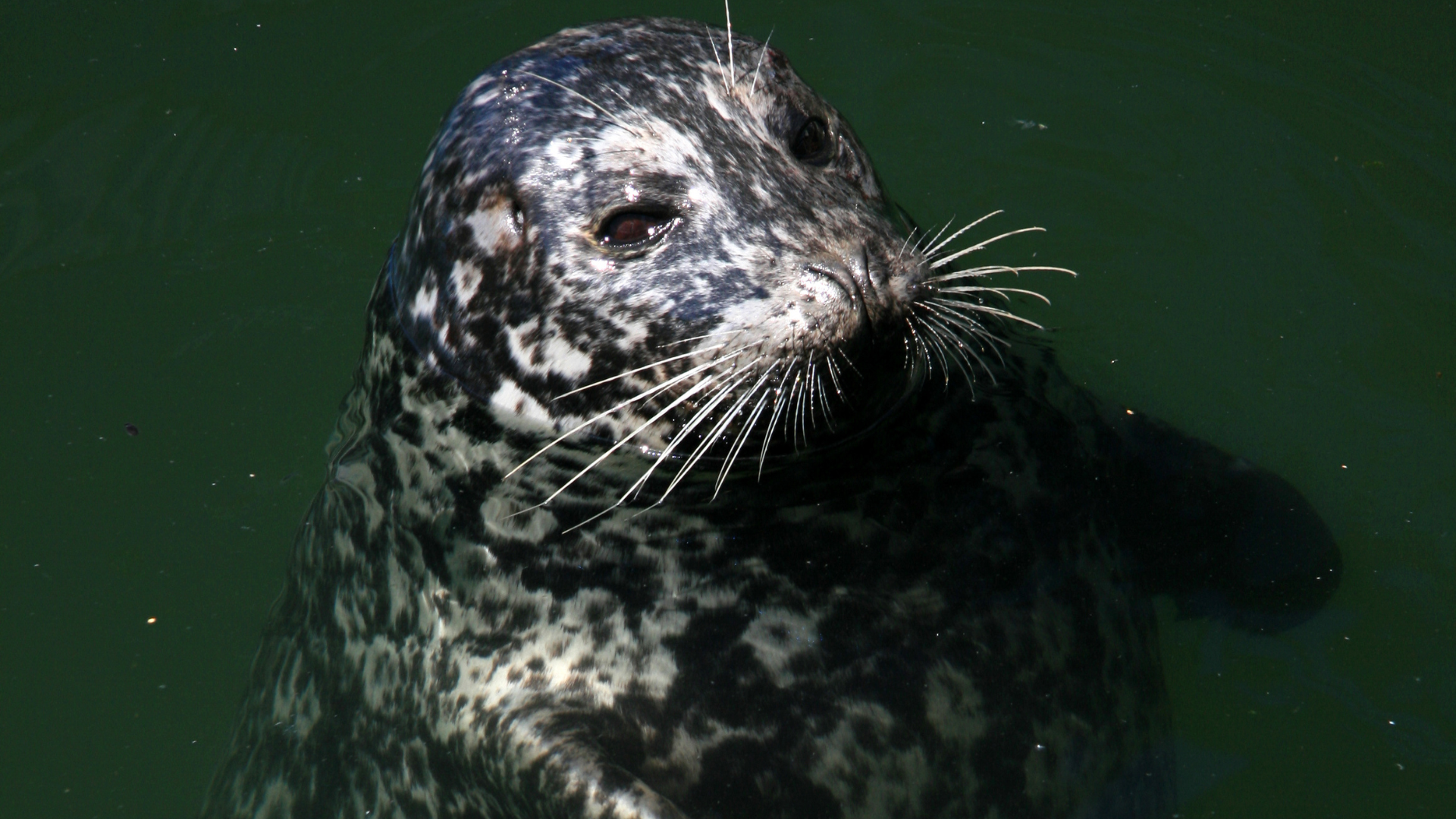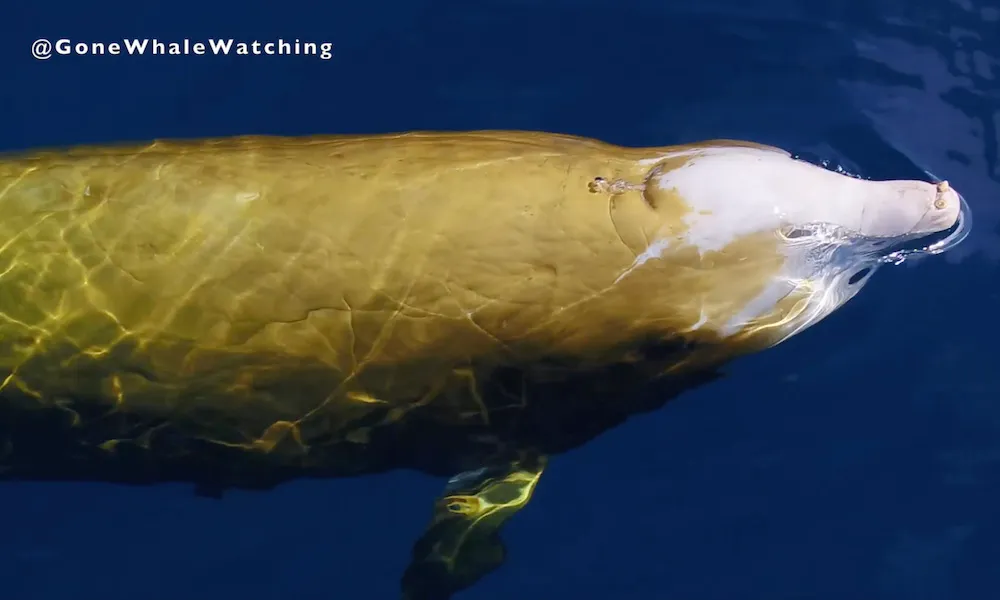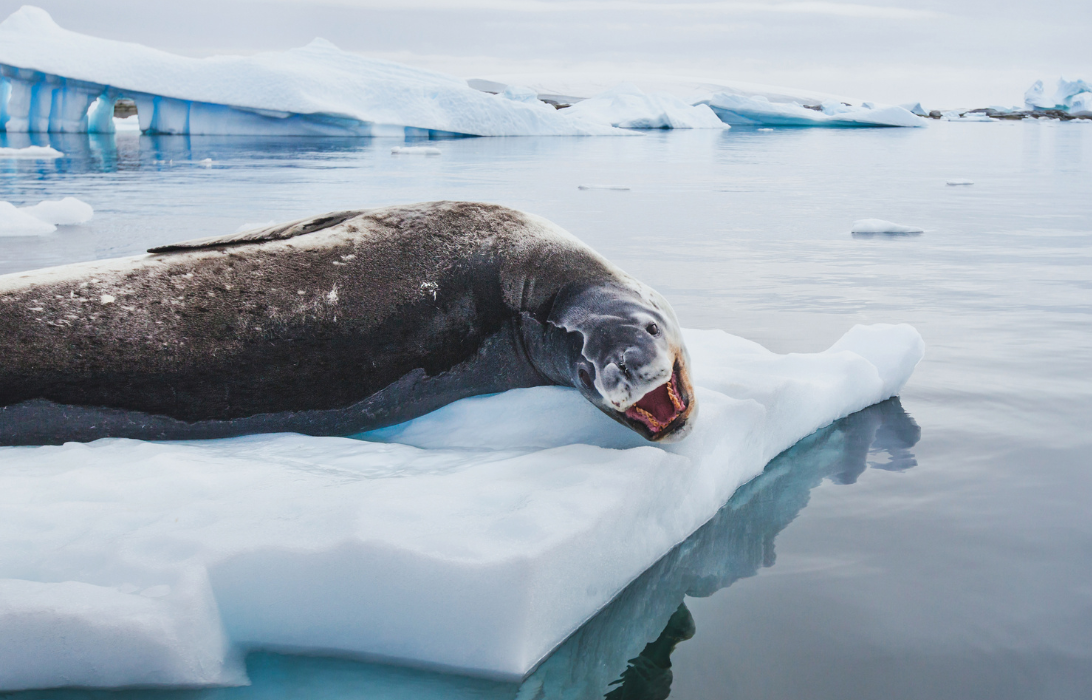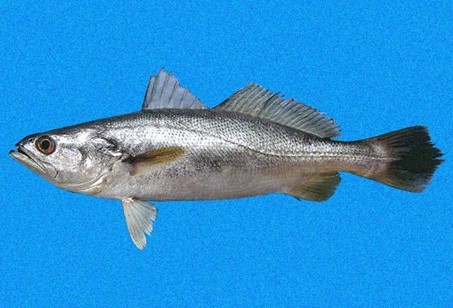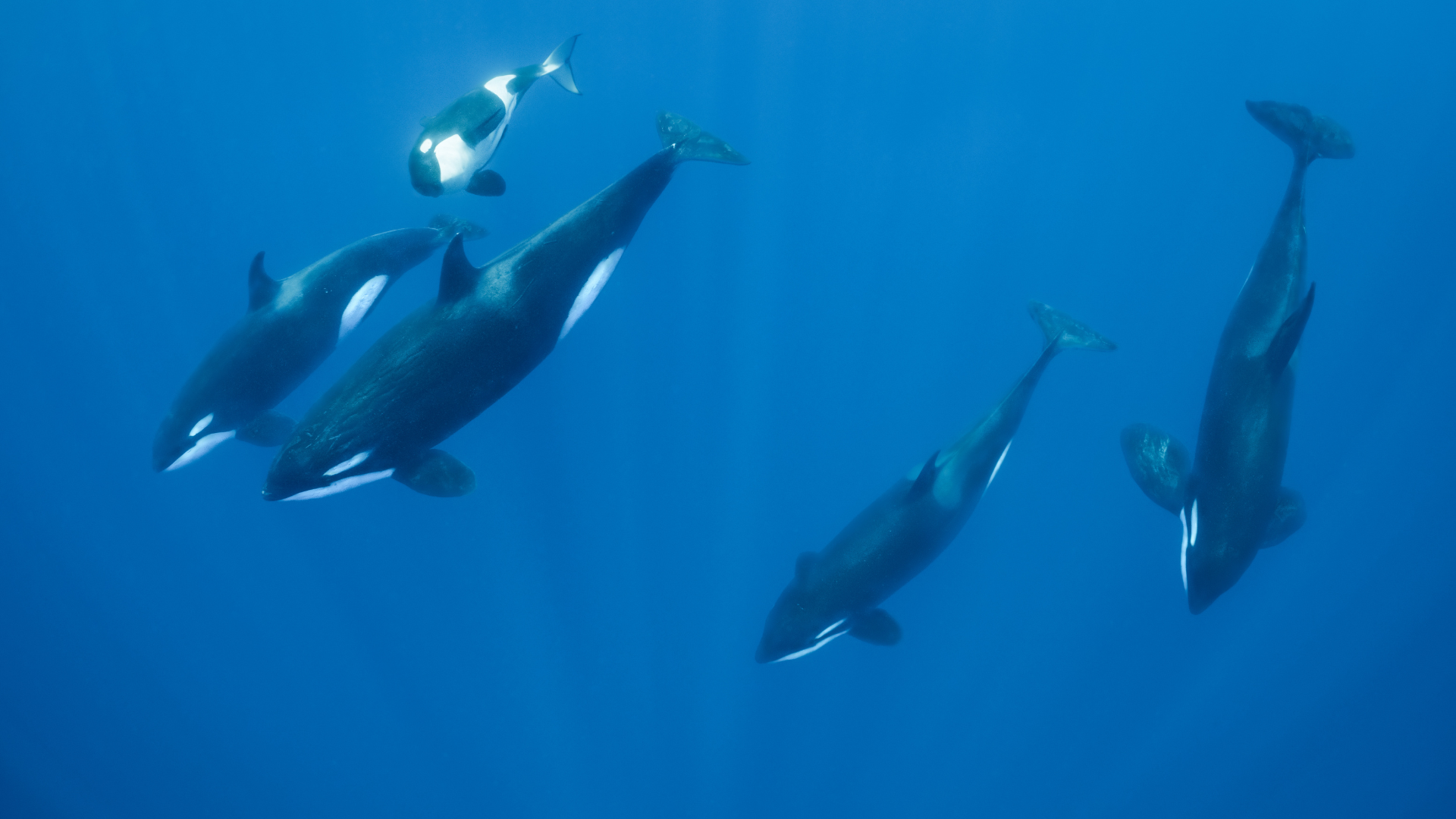LATIN NAME Haemulidae conodon nobilis
AKA Cro-cro grunt / Yellow Cro-cro
LENGTH Max 33.6cm, avg 25 cm (max 12” avg 10”)
WEIGHT Max 588 g (1.3 lbs.)
LIFETIME 10 years
PHYSICAL TRAITS Oblong, compressed, perch-like fishes. Grunts possess prominent pharyngeal teeth. Stridulation of the pharyngeal teeth produces sounds which are then amplified by the swim bladder. These sounds may be associated with feeding but can also function as a fright response when the fish is captured, handled or otherwise distressed. Both males and females produce sounds.
BEHAVIOR Feeds at night and hangs out over coral bottoms during the day. Bottom feeders. Named for the grunting sound that it makes by grinding the teeth in its throat.
HABITAT Found along sandy shores and over shallow muddy bottoms in the Western Atlantic
LOCATIONS All around the world
FOOD Crustaceans and small fishes
PREDATORS Sharks, larger fish
Like most of the fish featured in this website, the Grunt is classified under the order Perciformes – the “ray finned” fishes. Perciformes are mostly gregarious fishes (found in groups) so it is not surprising that they would have some form of sound communication. The Grunt is from the Haemulidae family, which are characterized by (among other things) their making noise with “pharyngeal teeth” which are located in the gullet and may serve as a pre-digestive feature as well as a noise making feature.
Grunt may be a bit too prosaic a description of their sound (from which comes their name). It was probably characterized by the sound of the fish on the dock and not their sound in the water. More complexity is revealed in these underwater recordings.
Audiographs
Barred Grunt
Source: Sounds of the Western North Atlantic Fishes by Fish & Mowbray, 1970, University of Rhode Island, 200
LITERATURE
Fish, M.P. and Mowbray, H.M. 1970. Sounds of Western North Atlantic Fishes. Baltimore, MD: The Johns Hopkins Press. p. 90.Hoese, H.D. and Moore, R.H. 1998. Fishes of the Gulf of Mexico: Texas, Louisiana, and Adjacent Waters. Texas A&M University Press, College Station, Texas 77843
Robins, C.R. and Ray, G.C. 1986. Atlantic Coast Fishes. Houghton Mifflin Company, 215 Park Avenue South, New York, New York 10003 p.177.


